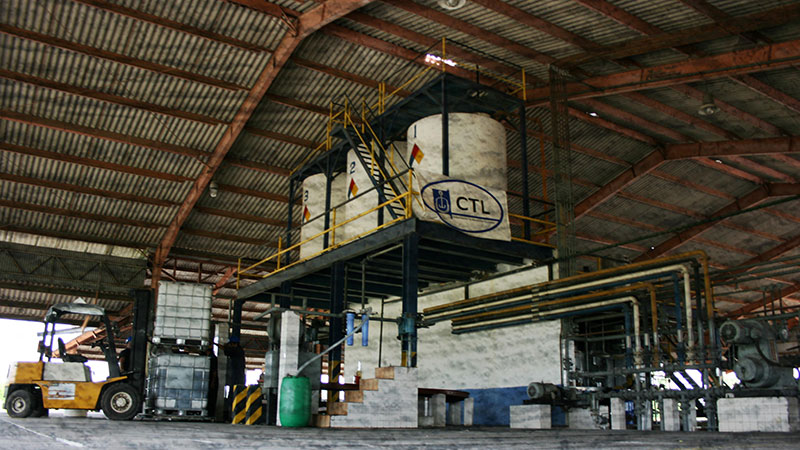Ag Tech Talk Podcast: Kynetec’s Nomman Ahmed Discusses the Role of Predictive Technology in Advancing Crop Protection
In this episode of Ag Tech Talk, we’ll be chatting with Dr. Nomman Ahmed, Executive Director at Kynetec, about the exciting prospects of predictive technology in advancing crop protection strategies.
Podcast Transcript:
* This is an edited and partial transcript of this podcast.
ABG: What is predictive intelligence?
Nomman Ahmed: Predictive intelligence (PI) is essentially collecting and accumulating knowledge. It’s how we connect data and information in a meaningful way, and then intelligently brings you an answer.
Now, when that intelligence part basically becomes forward looking, and we’re trying to apply our learnings to future questions and problems that we’re solving for a future issue. This is when we talk about predictive intelligence. The easiest way of explaining it is basically looking through a crystal ball of information. PI is a systematic, robust, standardized, scalable way of looking through that crystal ball and giving you an answer.
ABG: How does PI help with forecasting supply and demand for crop protection?
NA: Predictive intelligence basically looks throughout the information that we have, which might be structured or unstructured, and then allows us to isolate everything together in one single box to test it out. For example, we can talk about how the weather, demand, and other what other pieces are going to influence supply. We’re able to single these elements out and then give a prediction of how demand and supply are going to behave.
It’s multiple reasons driving what will influence demand and supply. You can get to the point where you can actually combine this information in the same model. The same approach is basically where the predictive intelligence comes in, where you are saying nothing to be seen in isolation, but in combination. And it’s about causality, not about correlation.
It shows how markets will behave ultimately. And this is exactly the purpose of predictive intelligence to combine these sources, and then basically arrive at the answer. It’s how we predict demand and supply changes. We can analyze what types of policies that a certain mindset or ideology lead to? And how will this, then, essentially impact trade regimes and international relations? And how will this impact crop development. And, ultimately, how will this impact the input industry, which is basically crop chemicals and seed.







